An unusual way to promote a film: an exhibition. It happens this summer at the Quattro Fontane cinema in Rome, where the screening of A Thousand and One, a Sundance 2023 award-winning film, is accompanied by the exhibition Harlem, a Magic Theatre, organized by Creation Culture, presented by Lucky Red, and curated by Mattia Morandi and Umberto Pastore. The exhibition displays photographs by filmmaker Stefano Lodovichi, who documented the New York neighborhood of Harlem, in the places where the film is narrated. Why this unusual choice? How are exhibition and film related? Can film and exhibitions get along? We discussed these and other issues in the interview with the two curators Morandi and Pastore.
R. Promoting a film through an exhibition is a completely unusual operation. Where did this idea come from?
MM-UP. The idea came from the meeting between Lucky Red and Creation. When we discussed how we could promote a film and simultaneously create a “collateral” event with its own identity that could speak to a selected audience. An exhibition is an autonomous event in itself, with its own communication logics, designed to disseminate cultural content. The exhibition Harlem, a Magic Theatre was not meant to be just a side event but a real moment of growth for the viewer, indirectly creating an ideal and emotional connection with the film. The location in this sense is of great importance; the photos are exhibited in the Quattro Fontane Cinema in Rome, which reinforces the idea of the fusion of filmic space and photography.
The exhibition, the presentation reads, aims to offer the audience a film experience enriched by an unusual cultural moment: a photo exhibition dedicated to the same places narrated in the film. How was the exhibition structured?
The twenty-four works selected and grouped by thematic nuclei in the foyer space give the audience the opportunity to experience next to the projection a real extension of the film, an event within the event thanks to which to deepen the understanding of one of the neighborhoods most strongly imprinted in the collective imagination, Harlem, the protagonist of the film. The images were chosen and conceived as an itinerant journey that restores fragments of urban spaces and humanity, resulting in a truthful, unpolished narrative devoid of sensationalist exaltations.
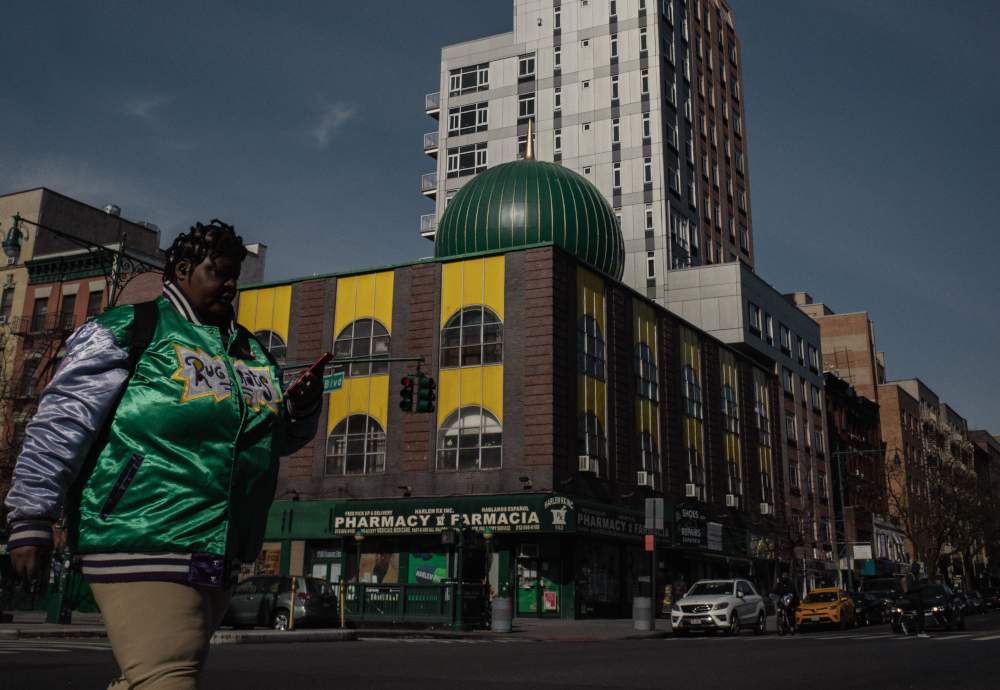
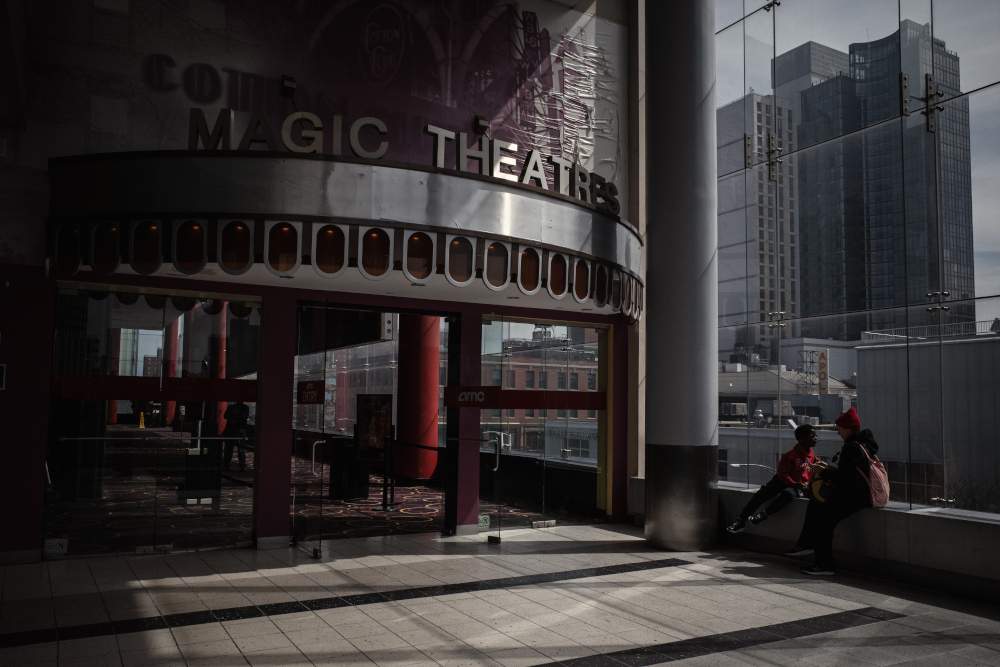
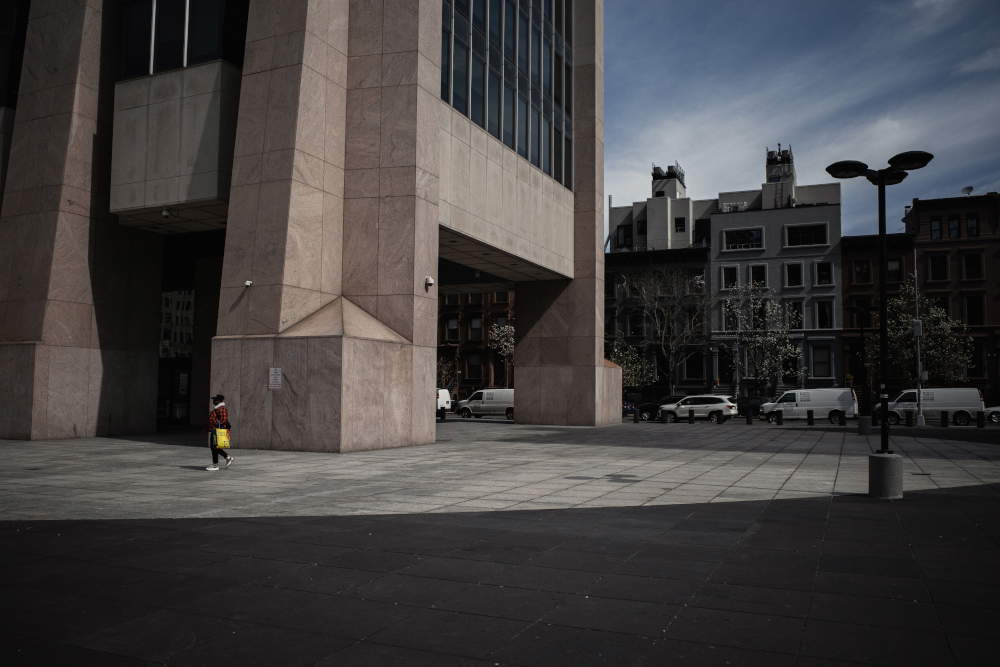
Why do you think it is important to offer theater audiences the opportunity to delve into the places narrated through a photography exhibition?
The links between cinema and photography are very strong, one would never exist without the other. The difference between still and moving image is huge in terms of perception, emotion and concept, but the two languages for decades have infected each other. In our case, some iconic locations in the film appear for a few moments in the background, think of the Apollo Theater, one of the world’s most famous music clubs known for hosting great African American artists such as Ella Fitzgerald, Billie Holiday, James Brown, Michael Jackson and The Jackson 5, to name a few. It features two shots of Rucket Park, the most famous playground in the history of basketball and street basketball; photos of the Theresa Hotel, a meeting place for all the great jazz musicians, politicians but also intellectuals and civil rights activists. Its halls have resounded with the notes of Duke Ellington and Count Basie, while its rooms have welcomed historical figures such as Muhammed Ali. The photographs allow us to “tour the neighborhood” and linger in the places that made it iconic.
What was it like working with Stefano Lodovichi?
We know Stefano as a filmmaker. So many great directors have been born photographers, great photographers have been directors, and we also find this in the figure of Stefano Lodovichi, director and photographer. In him reside different technical skills, the result of his work, and an aesthetic that ranges from documentary approach to street photography. He dialogued with us with much humility, grasping the advice that we considered fundamental in the curatorial field to enhance his shots. Also to respect the venue for the exhibition, we proposed to Stephen to create photographic compositions and blow-ups. This is destabilizing for any photographer because it means questioning the focus on the single shot to focus on the whole, which has a whole other level of reading. There was a very fruitful exchange of ideas that led to the conception of the large black wall that is set up evoking the shape of the New York neighborhood as seen from above. Not all photographers lend themselves to certain curatorial, more purely exhibition settings, he did and the result in our opinion is visually striking.
What are the relationships that are established between cinema and exhibition? How do you think the audience who will see the film will be able to find their way through the photographs and vice versa?
Cinema can no longer be thought of outside of contemporary arts, which constitute a linguistically complex whole, including not only painting and sculpture, but also video, photographs and film memory. Through the exhibition, the public will have the opportunity to observe the iconic people and places of the New York neighborhood through the freeze frame of Stefano Lodovichi’s shots. Afterwards, he will be able to recognize them “in motion” within director A.V. Rockwell’s film. The 24 photographs on display thus represent a small temporal extension of the projection.
Based on what criteria were the photographs selected? And how are they divided in the exhibition’s path?
There were two approaches that led us to the selection of the shots: the perspective of the street photographer, who captures faces and everyday moments with powerful shots, and the eye of the documentary photographer, who shows reality with a clean and linear, almost aseptic technique, without interfering with the present. The convergence of these two visions has created a unique and engaging visual portrait.
In recent years, cinema has been considered a direct competitor to museums and exhibitions in choosing how to spend one’s leisure time. Is this really the case?
We do not believe in competition between different art forms; however, it is undeniable that movie theaters have lost many moviegoers in recent years. More than because of an alleged contention with museums and exhibitions, this trend has been influenced by digital evolution and the growth of streaming platforms, which have changed the way people consume film content.
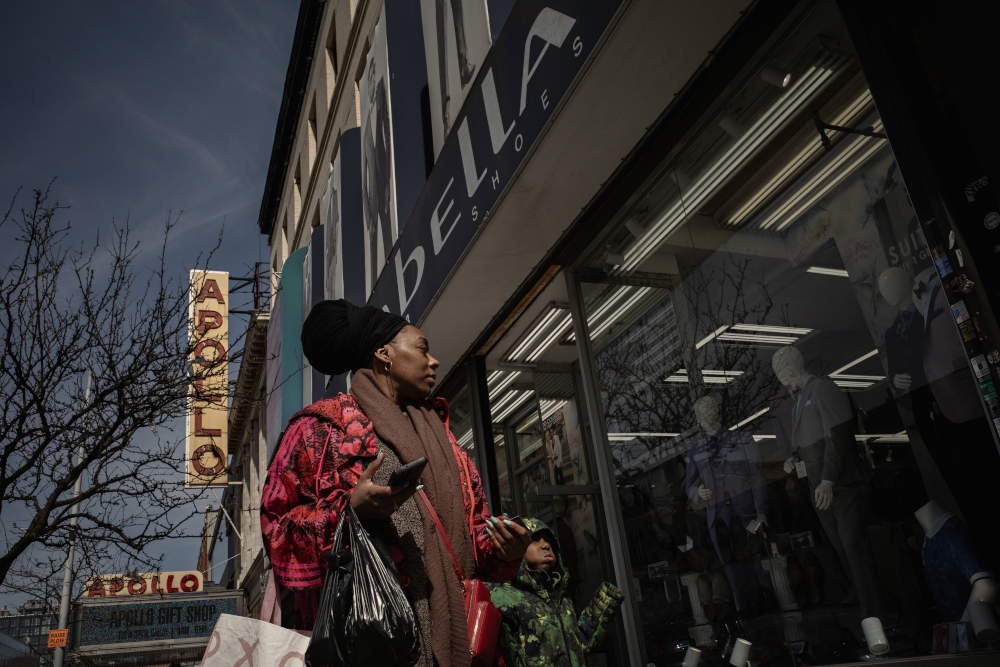
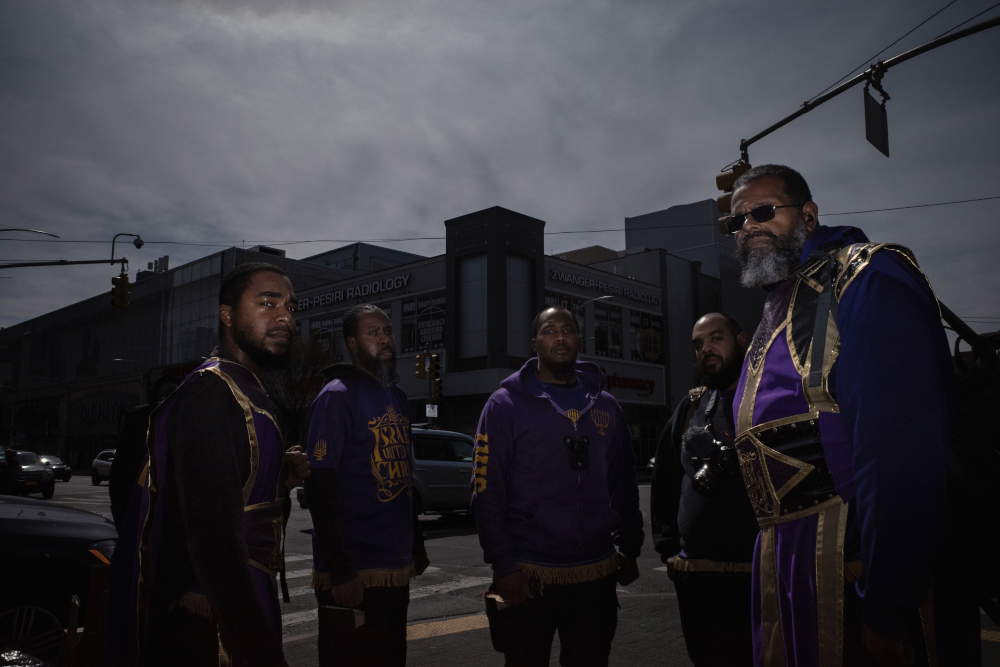
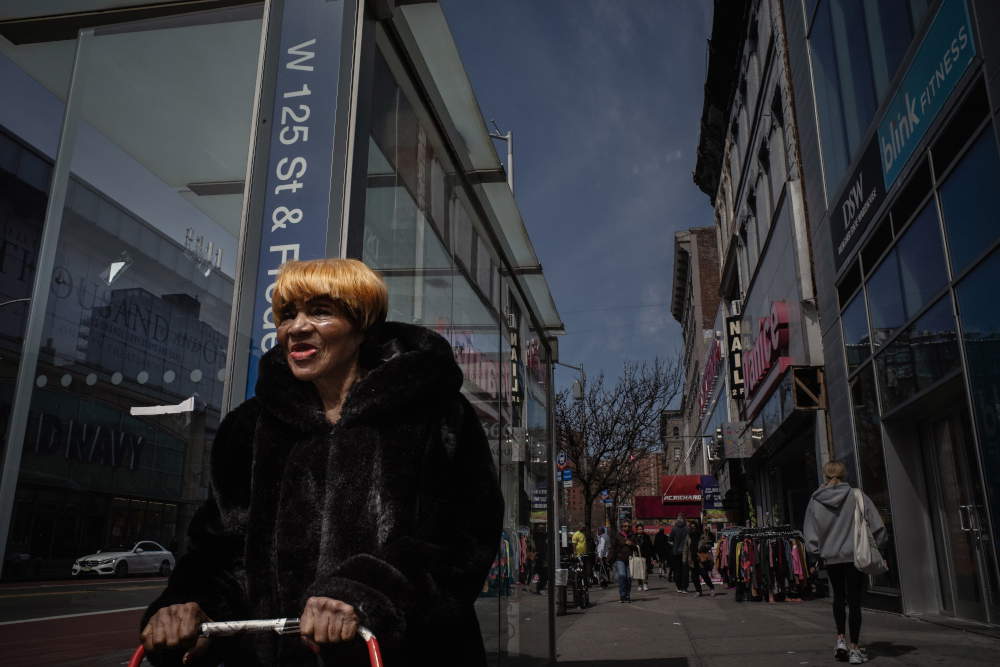
In the face of this data, what is the strategy for you to use to bring people back to the unique experience of the movie theater?
We believe that there is no single recipe to address this challenge. You can use the leverage of ticket prices, offering promotions or trying to optimize the timing of the release of new films, or, as demonstrated in this experience with Lucky Red, you can work on projects that transform the viewing of a film into a true collective event.
How?
With artistic grafts that can transform the viewing of a film into a special event, perhaps through the creation of thematic screenings, meetings with directors or actors, exhibitions, musical selections, crossovers and other initiatives that actively involve viewers. We believe that with a focus on the audience experience and the creation of engaging events, we can still enthuse and captivate viewers, bringing them back to experience the thrill of the silver screen.
Are you satisfied with this collaboration with Lucky Red?
Very. The operation carried out at Cinema Quattro Fontane in Rome is a virtuous example of how two forms of entertainment can coexist and enhance each other without running the risk of experiencing one of the moments as collateral to the main event. In conclusion, can you tell our audience three reasons to visit the exhibition and see the film? A Thousand and One is an extraordinarily beautiful and moving film, and the exhibition manages to further amplify its perception. Both take us on an authentic journey through one of New York’s most iconic neighborhoods, giving us an intimate and immersive experience.
Warning: the translation into English of the original Italian article was created using automatic tools. We undertake to review all articles, but we do not guarantee the total absence of inaccuracies in the translation due to the program. You can find the original by clicking on the ITA button. If you find any mistake,please contact us.